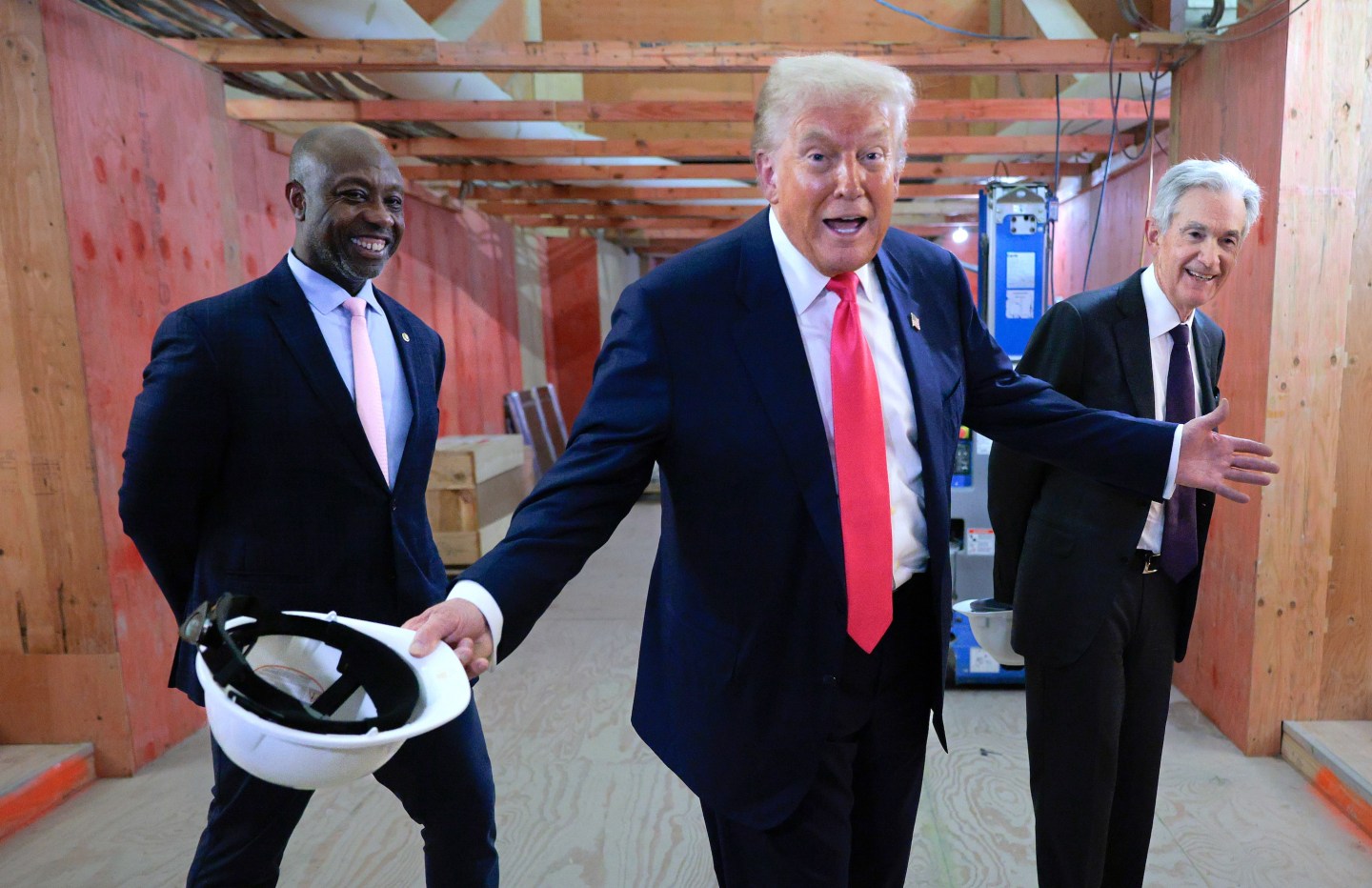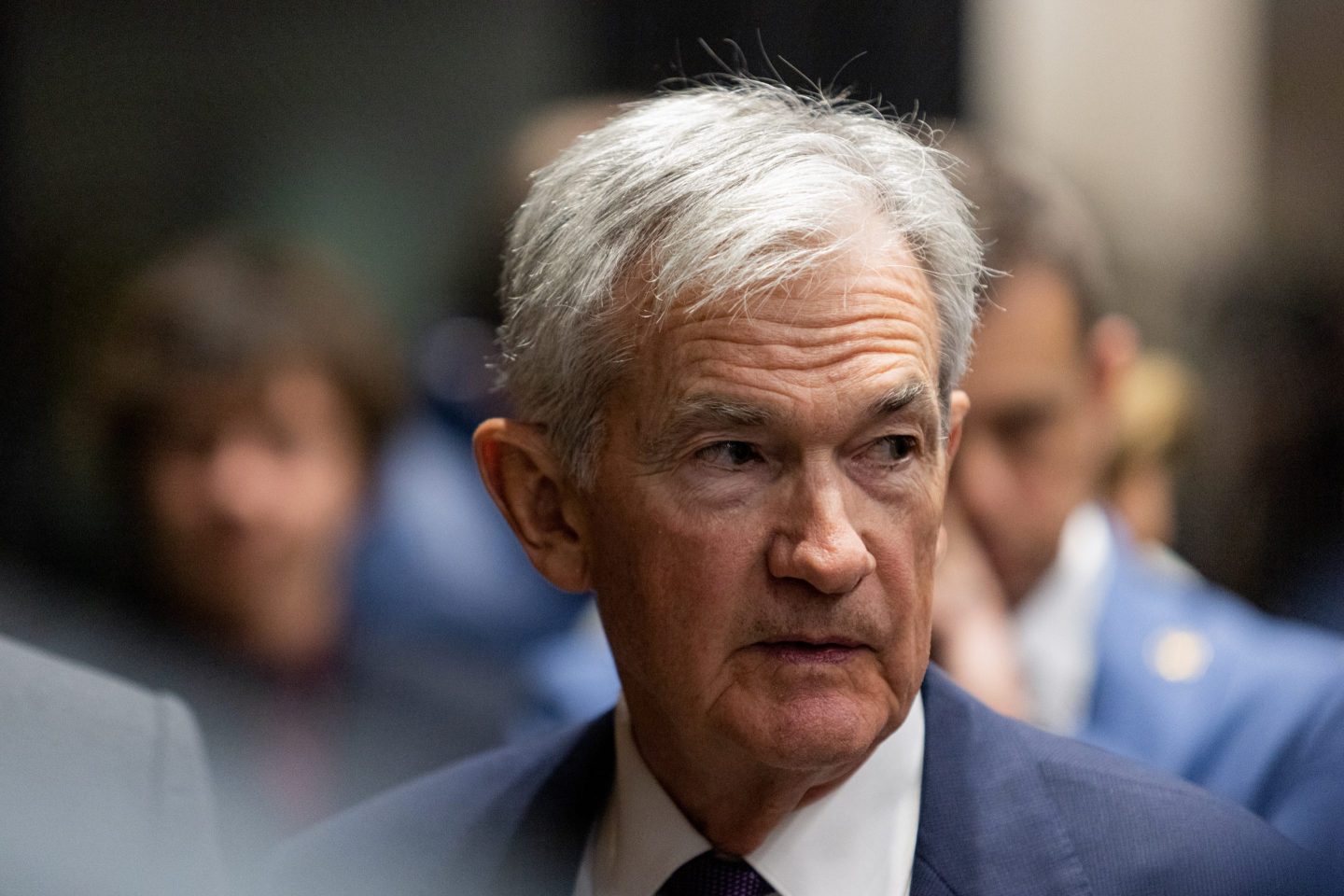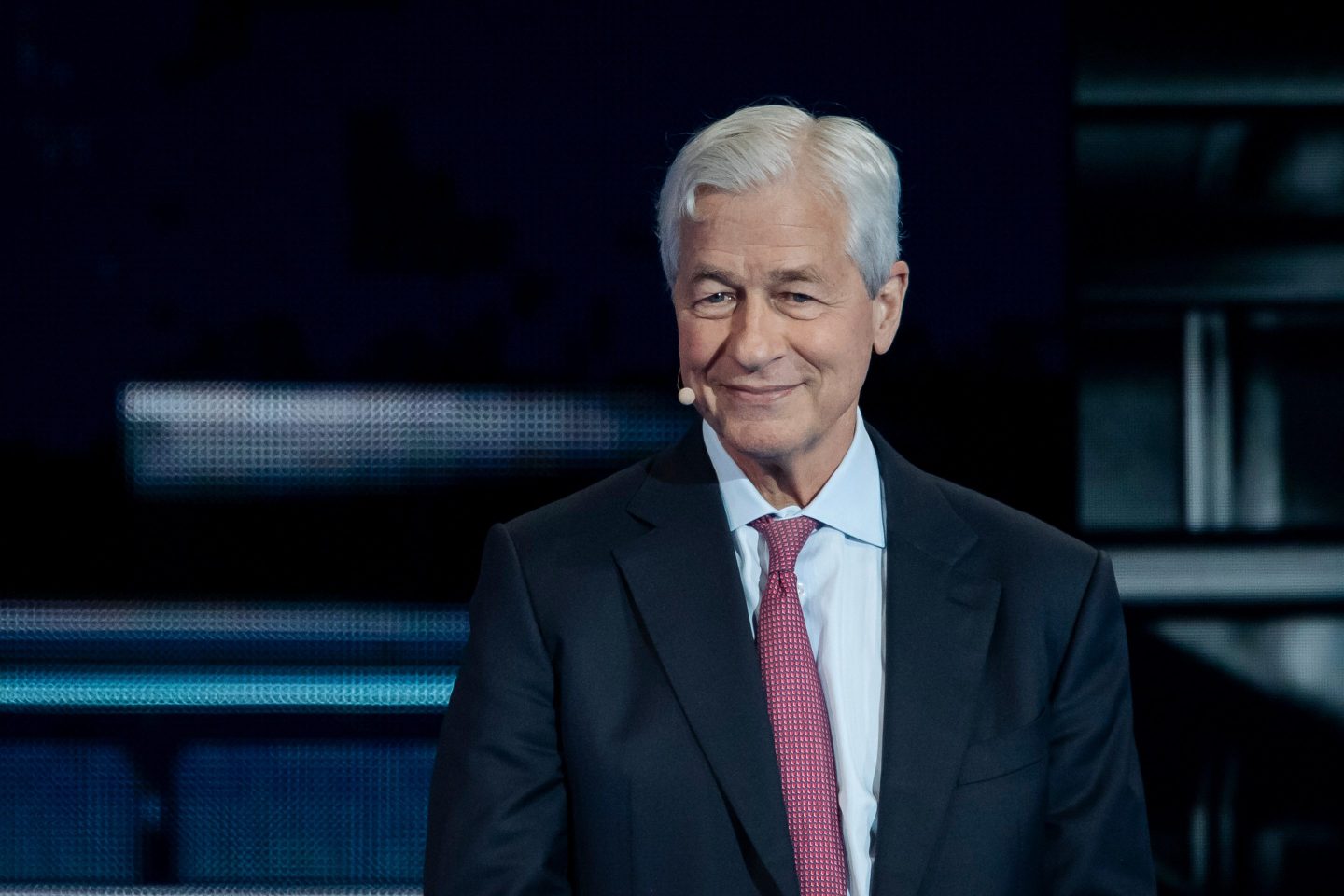For months, investors’ eyes have been glued to large-cap indexes like the S&P 500 and the Dow Jones industrial average for signs of further life in the current bull market. But as of last week, small caps might be the ones bolstering the bull case.
Two days before Thanksgiving, the Russell 2000 Index (which tracks small caps, or stocks whose companies are valued at roughly $2 billion or under) hit a new 52-week high after nearly 15 months without breaching it, closing up over 2% to its highest level since October 9, 2018.
But it’s not just the new high that has some analysts encouraged. Traditionally lagging their larger counterparts, small caps are still off about 7% from reaching all-time highs, based on the iShares Russell 2000 Index. But breaking into higher territory, for some analysts, shows that the overall bull market isn’t running out of gas just yet.
“To some degree, the Russell 2000 was late to the party,” says Mark Hamrick, senior economic analyst at Bankrate.com. “But being late to the party may actually help [the bull market] to be sustained. It’s an affirmation that it has further room to run, because what you want to see is rotation and broader participation in the rally.”
The index’s new high—what LPL Financial senior market strategist Ryan Detrick tells Fortune is “one more sign of how much broad participation is taking place in this bull market”—has analysts seeing more upside moving into December and next year. “This is just a further sign of health in the United States, but also globally, [as] various markets are making new highs,” Detrick says.
In fact, according to data from FactSet and LPL Research, of the last 11 times the Russell 2000 Index hit a new 52-week high, returns for the index were up an average 17% over the next 12 months 10 of those times. And both Hamrick and Detrick see that trend continuing.
Small caps breaking into new highs—in tandem with the S&P 500 and the Nasdaq-100, both of which set 12 new all-time highs since October—sets “a favorable tone as we enter the final month of the year that has traditionally recorded the best average return, along with the highest frequency of advance and lowest level of volatility,” Sam Stovall, chief investment strategist at CFRA, wrote in a note Monday.
Even amid lackluster manufacturing data (the Institute for Supply Management reported Monday that its manufacturing index sank to 48.1% in November from 48.3% in October) and ongoing trade war with China, analysts are seeing plenty of signs of life in the overall economy. Low interest rates, accommodative central banks world-wide, and an apparently healthy job market are all areas that are helping support the current expansion. Plus, in the case of new small cap highs, “it seems to be almost a momentum-oriented market, where success is leading to further success,” Hamrick tells Fortune, that could push into next year.
Late to the party or not, Hamrick suggests that the mirroring of small caps to the gains seen in large cap indexes like the S&P 500 is an encouraging market trend—”The generals need some troops behind them, so to speak,” he says. “And in this sense, it might be said that the troops are following the generals and even maybe taking the lead.”
More must-read stories from Fortune:
—2020 Crystal Ball: Predictions for the economy, politics, technology, and more
—Fortune poll: Two-thirds of Americans anticipate a 2020 recession
—Want stock market buying opportunities? There’s always a bear market somewhere
—The stock market has hit 19 new highs in 2019 alone. Why?
—Saudi Aramco IPO could be overvalued by as much as 35%
Don’t miss the daily Term Sheet, Fortune’s newsletter on deals and dealmakers.











